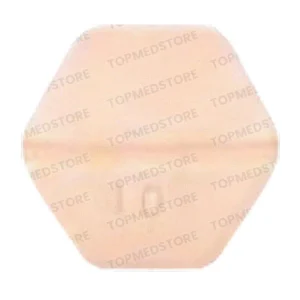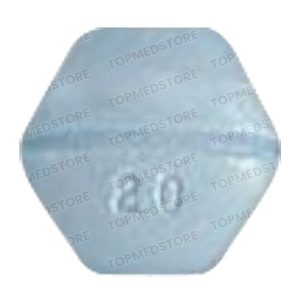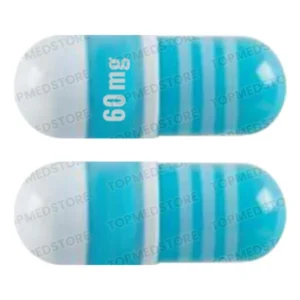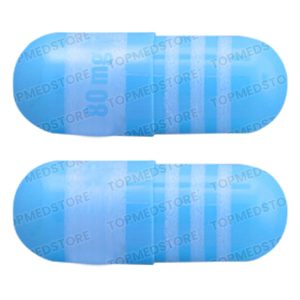Showing all 2 results
Propranolol Hydrochloride is a beta-adrenergic receptor blocker that shows antianginal, antiarrhythmic, and antihypertensive properties. This medicinal component antagonizes beta-adrenergic receptors so as to inhibit the beta-adrenergic reactions like vasodilation, negative chronotropic and inotropic effects. It is prescribed for a non-cardioselective beta-adrenergic antagonist. It can be used for myocardial infarction, arrhythmia, angina pectoris, hypertension, hyperthyroidism, migraine, pheochromocytoma and anxiety but adverse effects. It is available in an extended-release tablet form.
Class of Drugs – Beta-blocker
Molecular Formula – C16H22ClNO2
Molecular Weight – 295.8 g/mol
Working: This active component is a member of a class of drugs known as beta-blockers. It is a non-selective beta-receptor blocking agent that works similarly on the heart, lungs, and other areas of the body. It lowers the blood pressure by reducing the workload of the heart and blocks the release of a substance called renin from the kidneys. The beta-blocking properties of Propranolol Hydrochloride help to control heart rhythm, delay the start of chest pain, prevent migraines, and reduce tremors.
Uses: This beta-blocker affects the heart and circulation i.e. blood flow through arteries and veins. Propranolol Hydrochloride is indicated to treat tremors, angina or chest pain, high blood pressure, heart rhythm disorders, and other heart or circulatory conditions. It can also be used to treat or prevent heart attack and to reduce the severity and frequency of migraine headaches.
Popular Brands and Dosages: This medication is used as an active component in popular brand medicines as mentioned below:
- Inderal: 10 mg, 20 mg, 40 mg, and 80 mg
- Inderal LA: 60 mg and 80 mg
This drug is indicated to help prevent chest pain or migraines. It should not be intended to treat chest pain or migraines when they occur.




